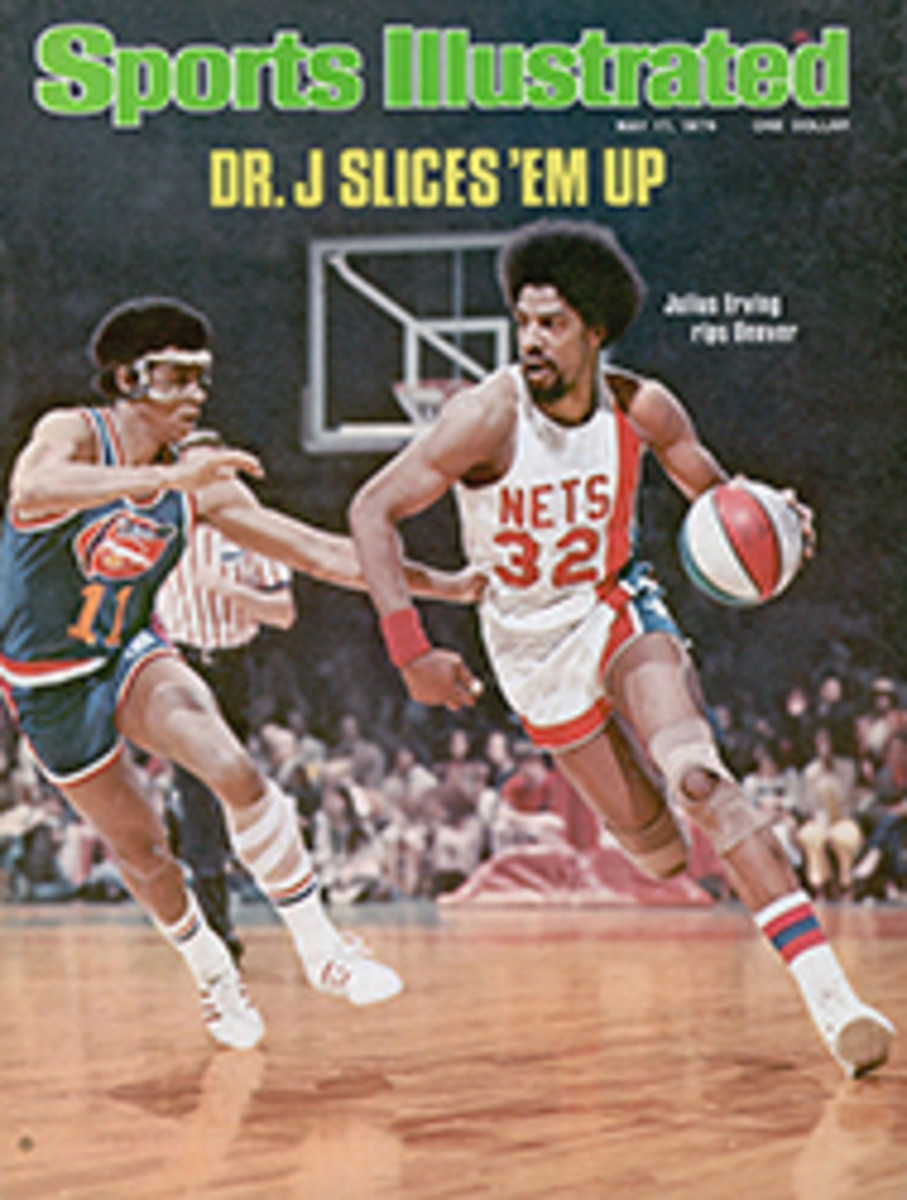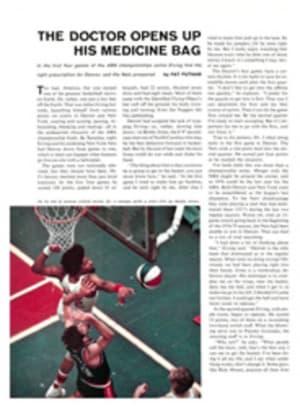
LETTER FROM THE PUBLISHER
Shortly after Artist Paul Davis got the assignment to provide the artwork for this week's story on the extraordinary Abernathy family (Roughriding Rover Boys), which begins on page 78, he experienced one of those singular moments that make the heartbeat quicken and the mind's eye blink. Browsing through old pictures of the Abernathys to familiarize himself with his subjects, Davis came to a particularly arresting black and white photo and something—or, more precisely, someone—caught his eye.
The picture, which can be seen on page 81, had been taken to commemorate President Theodore Roosevelt's visit to Oklahoma in 1905 to watch Jack Abernathy catch wolves barehanded. It was not T.R. but the inscrutable-looking man kneeling in the center of the photograph who grabbed Davis' attention. With long braids draped over his shoulders and a pose so regal that even Roosevelt looked like a supplicant, there was Chief Quanah Parker, last monarch of the proud Comanches—and a cousin, several times removed, of Oklahoma-born Davis.
That picture, as well as a dozen others Davis used in his research, was provided by one of SI's picture editors, Carolyn Keith. Keith began tracking down old photographs as soon as she got the story, and she eventually contacted more than 20 sources, including museums, state historical societies and historians. The picture that brought Davis eye-to-eye with his cousin was located in the files of the Panhandle Plains Museum in Canyon, Texas.
The story of Quanah Parker is the stuff of legend. During the days when white men were slaughtering Indians and buffalos, he took dozens of scalps and led an army of hard-riding Kiowa and Comanche warriors. After the subjugation of the Red Man, Quanah was a peacemaker between the Indian nations and the Federal Government. During several visits to Washington in the early 1900s, Quanah cultivated a friendship with Roosevelt and became an Indian equivalent of Bernard Baruch.
Descendants of Quanah Parker are more plentiful than one might imagine; he had eight wives who bore him 21 children. Toward the end of his life his white friends urged the chief to adopt the monogamous life-style that they considered "civilized." Quanah agreed, but he set this condition: "You tell my wives which ones have to go." Quanah kept his wives, and his friends kept their opinions to themselves.
This is Davis' 11th contribution to SPORTS ILLUSTRATED, and his two-page painting of the Abernathy boys astride their mounts reflects his continuing fascination with horses. He had never been to a horse race before he did a pictorial essay on Saratoga racing families for SI in 1963, but since then he has become an avid race fan. "I don't bet much, but there's so much color at the races that I always make it a point to get out to the track no matter what city I'm in," he says.
His love of horses can hardly be considered surprising. After all, it runs in the family.
PHOTO
ARTIST PAUL DAVIS HAS ROYAL INDIAN BLOOD

